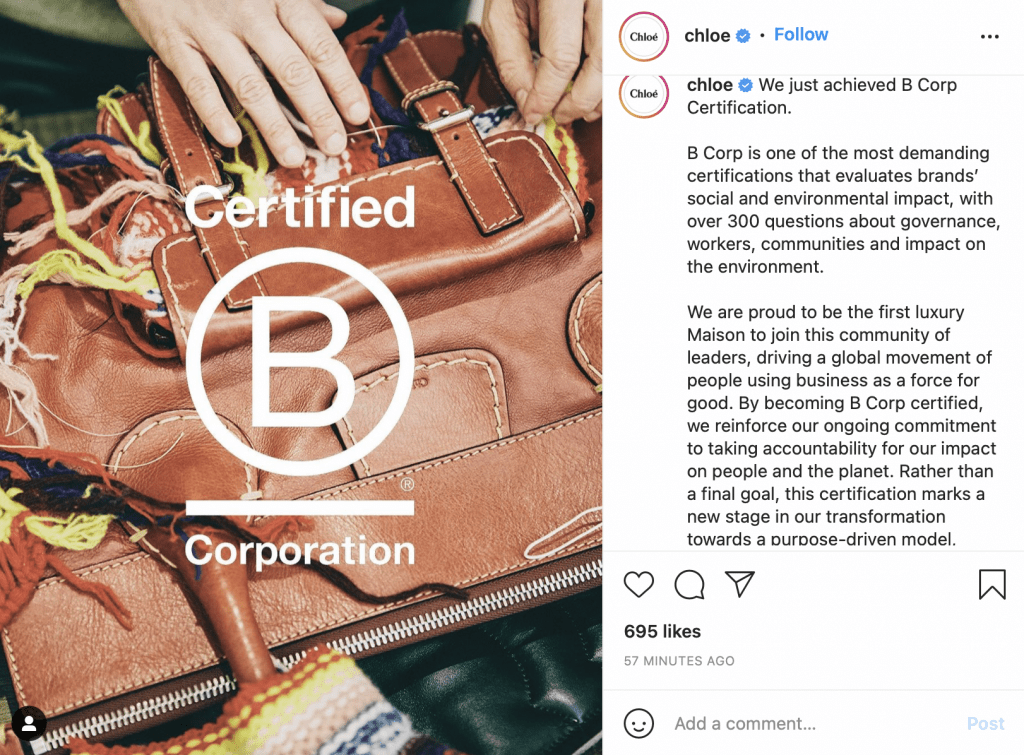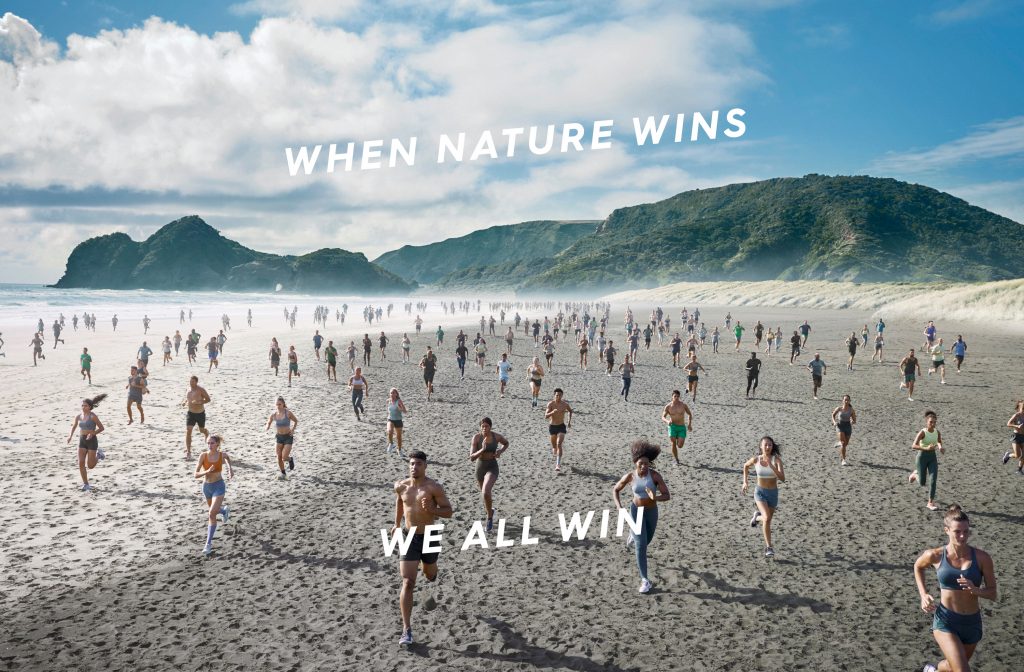Consumers and investors are increasingly taking into account companies’ efforts on the Environmental, Social and Governance – “ESG” – front, with investors, in particular, scrutinizing companies’ sustainability credentials with more frequency and robustness than in the past. Against this background, glossy public-facing ESG and Corporate Social Responsibility reports are being published by companies in an attempt to draw attention to their efforts, while brands are readily engaging in marketing campaigns to tout the sustainability-centric elements of their businesses. And still yet, in a nod to the growing importance of ESG themes in connection with investments, the three most prominent rating agencies, Standard & Poor’s, Moody’s and Fitch Ratings, have each incorporated them into their credit rating methodologies.
In addition to rising mentions of ESG themes in public filings in recent years, with some of Allbirds’ pre-IPO filings being a clear demonstration of this, the number of companies seeking B Corporation status is also rising. The first generation of B Corps – or “for-profit companies certified as meeting rigorous standards of social and environmental performance, accountability and transparency” – was certified in 2007, and the number of firms earning certification has grown significantly since, with more than 4,000 companies across 77 countries and 153 industries counting themselves as B Corps, B Lab reported this summer.
Chloé & the Rise of the Fashion B Corp
Of those 4,000-plus companies, almost 200 come from the apparel, accessories, jewelry, and footwear space, one where growth seems to be noteworthy as of late, with Richemont-owned brand Chloé, for instance, becoming the first European luxury brand to receive the certification, and hoping to lead a charge among similarly-situated entities. In an interview, Chloé CEO Riccardo Bellini said that the French fashion house “upgraded our operations, governance and policies in a way that allows us to operate in a more environmentally and socially responsible manner.” In addition to being “proud of [the new certification] as a company,” he also said Chloé “aims to inspire many others to join” what he calls “a real community of leaders who share a mind-set, and the belief that business can be a force of good.”

Chloé is not the only new entrant into the B Corp space. Reseller Vestiaire Collection announced in September that “following a rigorous certification process,” it is now a certified B Corp, a move that it says “reflects our firm commitment to the highest social and environmental standards.” And still yet, Chloé and Vestiaire join the likes of Patagonia and Bombas, footwear brands TOMS, Veja and Allbirds, Gap Inc.-owned Athleta and $1 billion Carlyle Group-based BeautyCounter, among others, all of which boast B Corp. certifications. Still yet, Khloe Kardashian co-founded brand Good American has also recently announced it has now has B Corporation certification.
A “Signal” to the Market
It is clear that a growing number of companies, including in the fashion and luxury space, are angling to add B Corp to their credentials. What is often less obvious is what being a B Corp actually entails – and maybe, more importantly, what is does not.
According to B Corp-designating non-profit B Lab, B Corps have to meet “the highest standards of verified social and environmental performance, public transparency, and legal accountability to balance profit and purpose.” At the same time, “on the face of it,” Bournemouth University professor Michael O’Regan says that B Corp certification “should indicate a company’s environmental performance, employee relationships, diversity, involvement in the local community, and the impact a company’s product or service has on those it serves, which can” – among other things – “help investors find companies that balance profit and purpose.”
The reality can be more complicated, though, according to O’Regan, given that “B Corp standards are not legally enforceable, and neither a company’s board nor the company, itself, is liable for damages if it fails to meet them.” In this same vein, Brian JM Quinn, a professor at Boston College Law School, who focuses on corporate law, M&A, and transaction structuring, told TFL that while a company’s B Corp certification status does make the trade-offs that managers of publicly-traded companies generally have to consider “a bit more explicit,” it does not change the legal obligations of the company or its directors.
As such, Quinn states that “if we expect businesses going forward to sacrifice profits for the environment or for social causes simply because they are B Corporations, then we are misunderstanding what a Benefit Corporation is, [as] they are not required to do that.” And in fact, Allbirds states in the S-1 that it filed ahead of its impending IPO that its board is required by law to consider the interests of stakeholders and also financial returns regardless of the company’s status as a B Corp.
This falls in line with the sentiments that former Paul Weiss partner Mark Underberg put forth in his 2012 article, Benefit Corporations vs. “Regular” Corporations: A Harmful Dichotomy, in which he stated that while “the B Corp seems a welcome addition to the corporate governance landscape, one that promises to advance the cause of socially responsible business,” in a practical sense, the situation is not necessarily so rosy. Specifically, he contended that “the reality that corporate decision-making is largely a function of corporate choice rather than corporate law is no less true for the new benefit corporation,” thereby, asserting that the B Corp legal regime “no more guarantees that companies will make ‘socially responsible’ decisions than existing law prevents directors from doing so.”
This not to say that “providing the option for companies to organize as B Corps is a bad idea,” Underberg claimed, as “it seems likely that the laws’ mandatory mission statements and accountability provisions will help attract patient capital and thus, provide a B Corp with a shareholder base less likely to apply pressure for short-term results.” However, all in all, a B Corp certification is more of a “signal to the market that this is the kind of company they want to be” than it is any sort of sustainability fix-all or “legal constraint on the business,” Quinn aptly notes.
In Allbirds’ case, for instance, the more significant element at play than the footwear brand’s B Corp status is the high value stock that its founders Tim Brown and Joey Zwillinger are being granted in the IPO. This dual-class structure, which is common for most founder-led IPOs, ensures that Mr. Brown and Mr. Zwillinger will control all of the major decisions of the corporation, including who is on the board of directors, for as long as they want to remain in control. This means that the real safeguard to protect Allbirds’ ESG-centric purpose – which is presumably at the heart of its B Corp mission – in light of potential opposition down the road (as was the case for former B Corp Etsy), per Quinn, is “what the founders want, and not whether the company is a B Corp. or anything else.”
The same is true for other brands, as well, which should give a bit more insight into what the buzzy B Corp status really means, something that consumers, investors, and brands, alike, should certainly weigh in connection with their considerations of this larger industry trend going forward.













